Introduction
Fish Drawing – Are you fascinated by the enchanting world beneath the waves? Do you want to capture the beauty of fish in your artwork? Fish drawing is a wonderful artistic pursuit that allows you to express your creativity while exploring the intricate details and vibrant colors of aquatic life. Whether you’re a beginner or an experienced artist, fish drawing offers endless possibilities for artistic exploration. his article invites you on a captivating journey into the realm of fish drawing, equipping you with the necessary tools, techniques, and inspiration to craft breathtaking fish illustrations.


The Benefits of Drawing Fish
Drawing fish goes beyond just creating visually appealing artwork. It offers numerous benefits for artists of all levels:
- Relaxation and Mindfulness: Engaging in fish drawing can be a meditative experience, allowing you to focus on the present moment and find a sense of calm.
- Enhanced Observation Skills: Drawing fish requires keen observation of their unique characteristics, improving your ability to notice details in the world around you.
- Artistic Exploration: Fish drawing enables you to experiment with different styles, mediums, and techniques, fostering your artistic growth and development.
- Expressing Creativity: Through fish drawing, you can unleash your imagination and create captivating representations of aquatic life.

Gift:
Claim our premium worksheet practice book For Free (Only for you) :
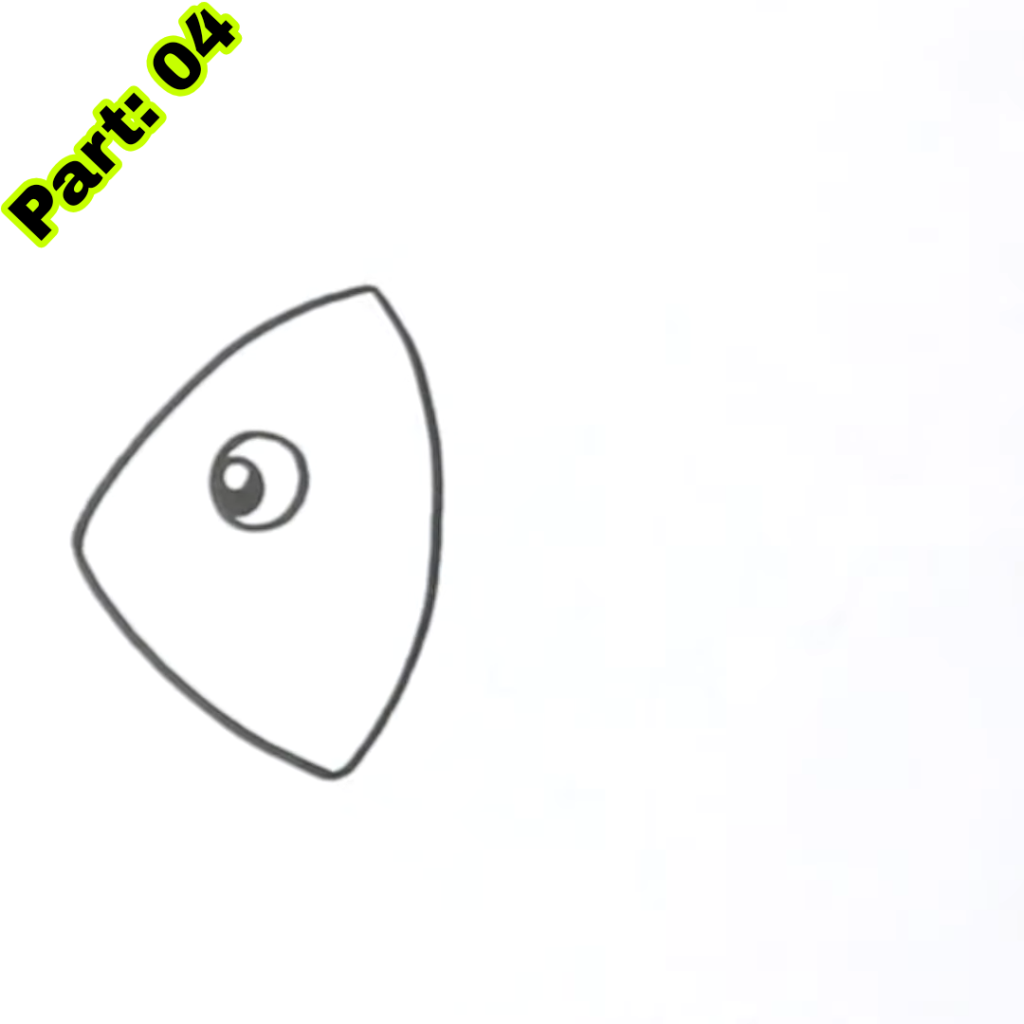
Getting Started with Fish-Drawing
Before diving into the creative process, it’s important to gather the necessary materials and choose a suitable reference image:
- Paper or sketchbook
- Pencils (graphite or colored)
- Erasers (kneaded and/or vinyl)
- Fine-tip markers or pens (optional)
- Colored pencils, pastels, or watercolors (depending on your preferred medium)
- Choosing a Reference Image
Selecting a reference image is crucial for capturing the unique features of the fish you wish to draw. You can find reference images in books, magazines, or online resources. Look for images that showcase the fish from different angles, capturing details like scales, fins, and colors.

Basic Techniques for Fish-Drawing
Before diving into a complete fish drawing, let’s explore some fundamental techniques that will bring your fish illustrations to life:
- Sketching the Outline:
- Start by lightly sketching the basic shape of the fish using simple lines and shapes. Pay attention to the proportions and positioning of the body, tail, and fins.
- Adding Details and Textures:
- Once the outline is complete, gradually add details to your drawing. Study the reference image to include features such as scales, gills, and distinct patterns. Use shading and cross-hatching techniques to create texture and depth.
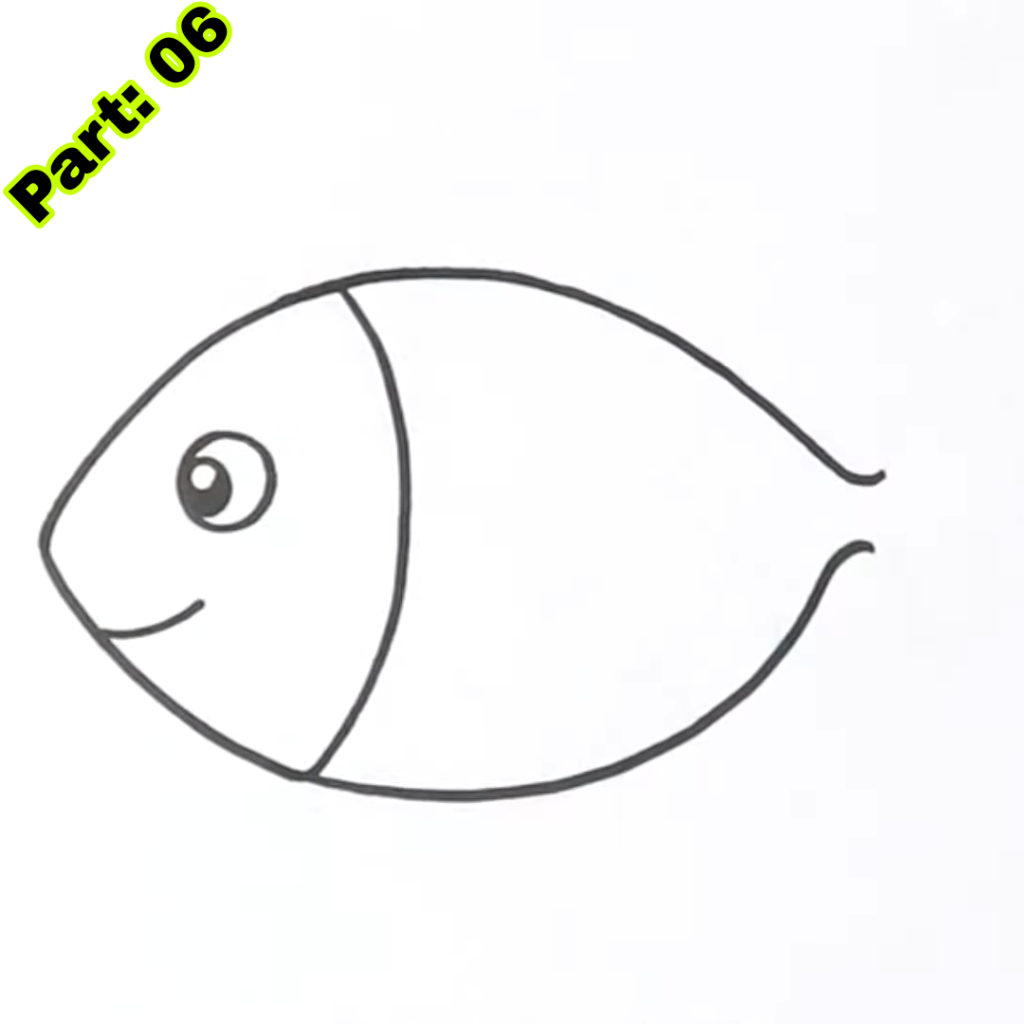
Enhancing Depth and Dimension:
To make your fish drawing more realistic, focus on enhancing depth and dimension. Use shading to create shadows and highlights, giving your fish a three-dimensional appearance.
Embark on a comprehensive fish-drawing adventure as we present a detailed step-by-step tutorial. Join us as we explore the art of drawing a fish, starting with the fundamental techniques.
- step 1: sketching the fish’s basic shape
- Create an oval to form the body and a triangular outline to define the tail.
- Step 2: Adding Fins and Tail
- Extend the triangle shape to form the fins and tail of the fish. Add details like notches or curves to the fins to make them more realistic.
- Step 3: Refining the Body Features
- Refine the body by adding a mouth, an eye, and gill slits. Pay attention to the proportions and placement to achieve accuracy.
- Step 4: Creating Scales and Patterns
- Add scales to the body of the fish using small overlapping shapes or lines. Incorporate patterns and colors based on the reference image or your own imagination.
- Step 5: Adding Eye and Mouth Details
- Emphasize the eye and mouth by adding shading and highlights. This will bring life to your fish drawing.
- Step 6: Enhancing with Colores and Shadows
- Finally, apply colors to your fish using colored pencils, pastels, or watercolors. Use shading techniques to add shadows and highlights, enhancing the realism and depth of your drawing.
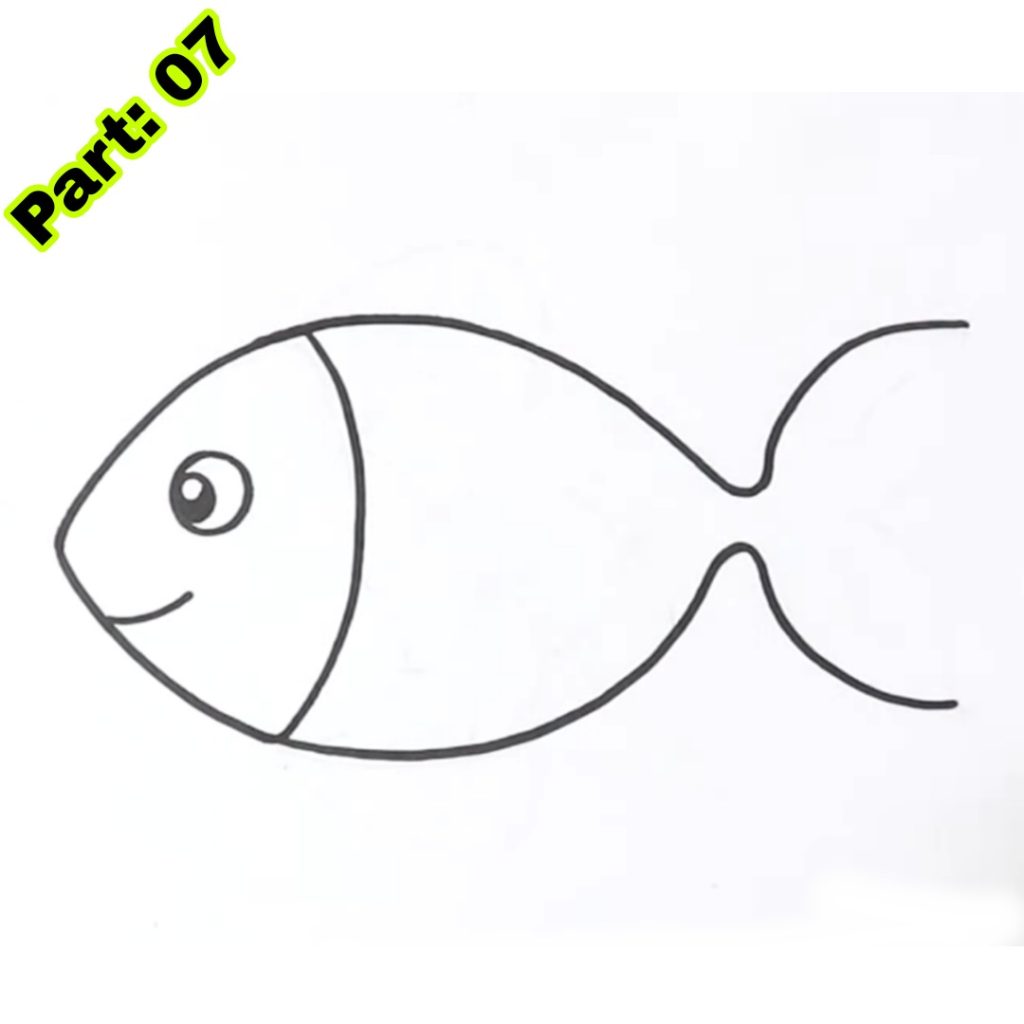
Exploring Different Styles of Fish-Drawing
Fish drawing allows you to explore various artistic styles, depending on your preferences and creativity. Delve into the realm of artistic possibilities with these three sought-after styles to ponder:
- Realistic Fish Drawing:
- Realistic fish drawing aims to capture the intricate details and true-to-life appearance of fish. It requires close observation and attention to detail, resulting in stunning and lifelike illustrations.
- Cartoon and Illustrative Fish Drawing:
- Cartoon and illustrative fish drawing focus on exaggerating certain features, adding a touch of whimsy and playfulness to your artwork. This style allows for more creative interpretation and experimentation.
- Abstract Fish Drawing:
- Abstract fish drawing breaks away from realistic representations and explores the use of shapes, lines, and colors to convey the essence of fish. It encourages artistic freedom and expression, letting you create unique and thought-provoking fish illustrations.
Tips and Tricks for Improving Your Fish-Drawing Skills
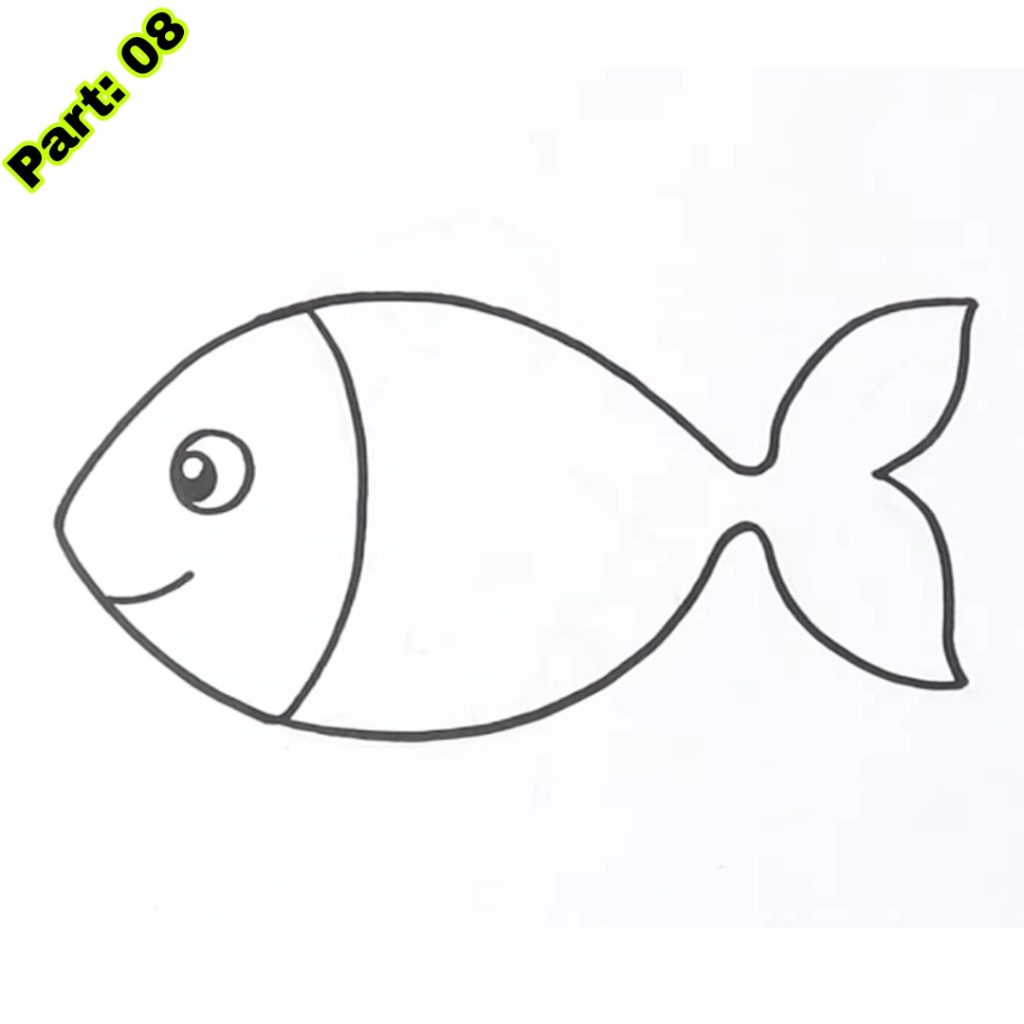
To enhance your fish drawing skills and continue your artistic growth, consider the following tips and tricks:
- Practice Regularly: Dedicate time to practice fish drawing consistently. As you dedicate yourself to practice, your skills will blossom, and your mastery will flourish.
- Observe and Study Real Fish: Spend time observing real fish in aquariums, ponds, or even through reference images. Pay attention to their unique characteristics and movements.
- Experiment with Different Mediums: Try using various art mediums such as colored pencils, pastels, or watercolors to explore different effects and textures.
- Seek Inspiration from Other Artists: Follow artists on social media, join art communities, and attend workshops or exhibitions to gain inspiration and learn from fellow artists.
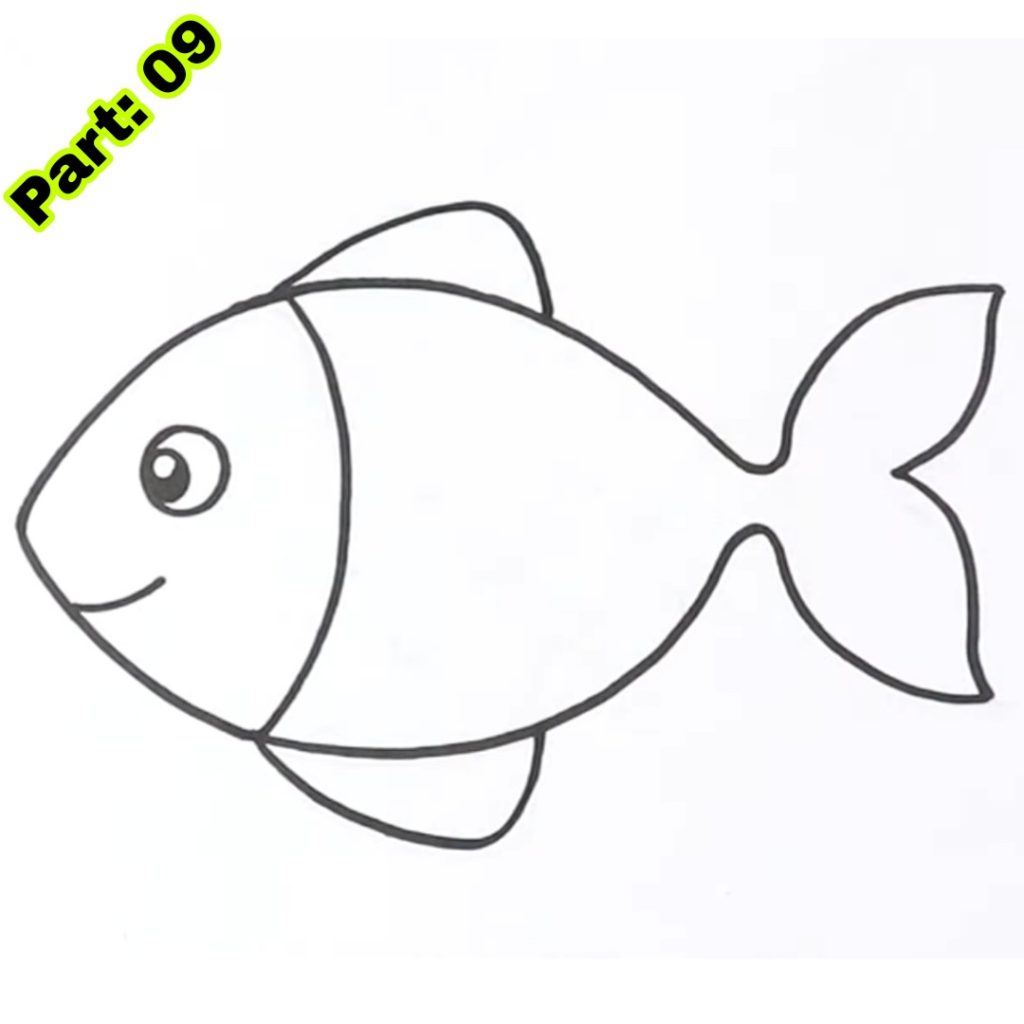
Showcasing Your Fish-Drawings
Once you’ve created stunning fish drawings, you might want to share them with others and gain recognition for your talent. Consider the following ways to showcase your fish drawings:
- Sharing on social media: Create an online portfolio or share your artwork on platforms like Instagram or DeviantArt. Engage with the art community by using relevant hashtags and interacting with fellow artists.
- Participating in Art Contests and Exhibitions: Submit your fish drawings to art contests, local exhibitions, or galleries. This can provide exposure, feedback, and potential opportunities to sell your artwork.
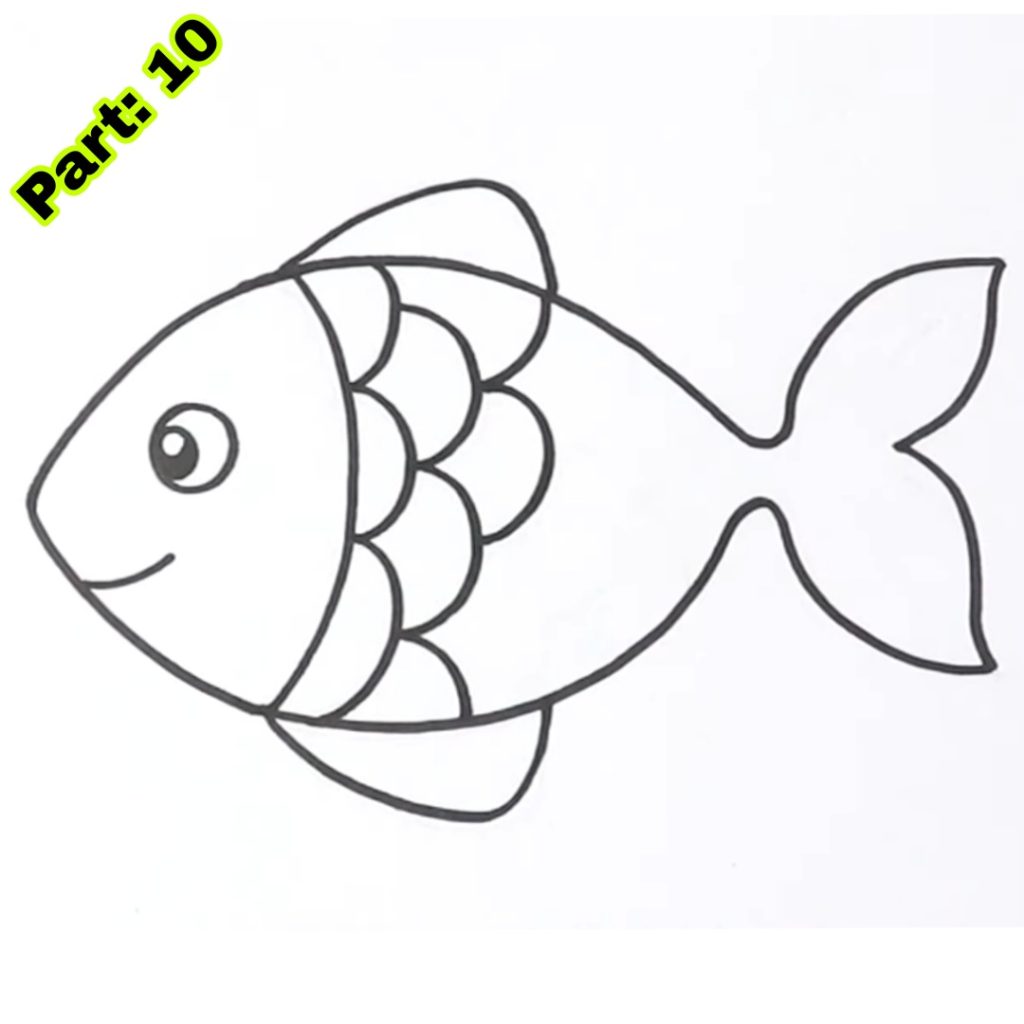
Conclusion
Fish drawing offers a captivating way to explore the beauty of aquatic life and express your artistic vision. Through practice, observation, and experimentation, you can create stunning fish illustrations that reflect your creativity and passion. So, grab your pencils, choose a reference image, and dive into the wonderful world of fish drawing. Unleash your imagination, and let your artistic skills swim to new depths!
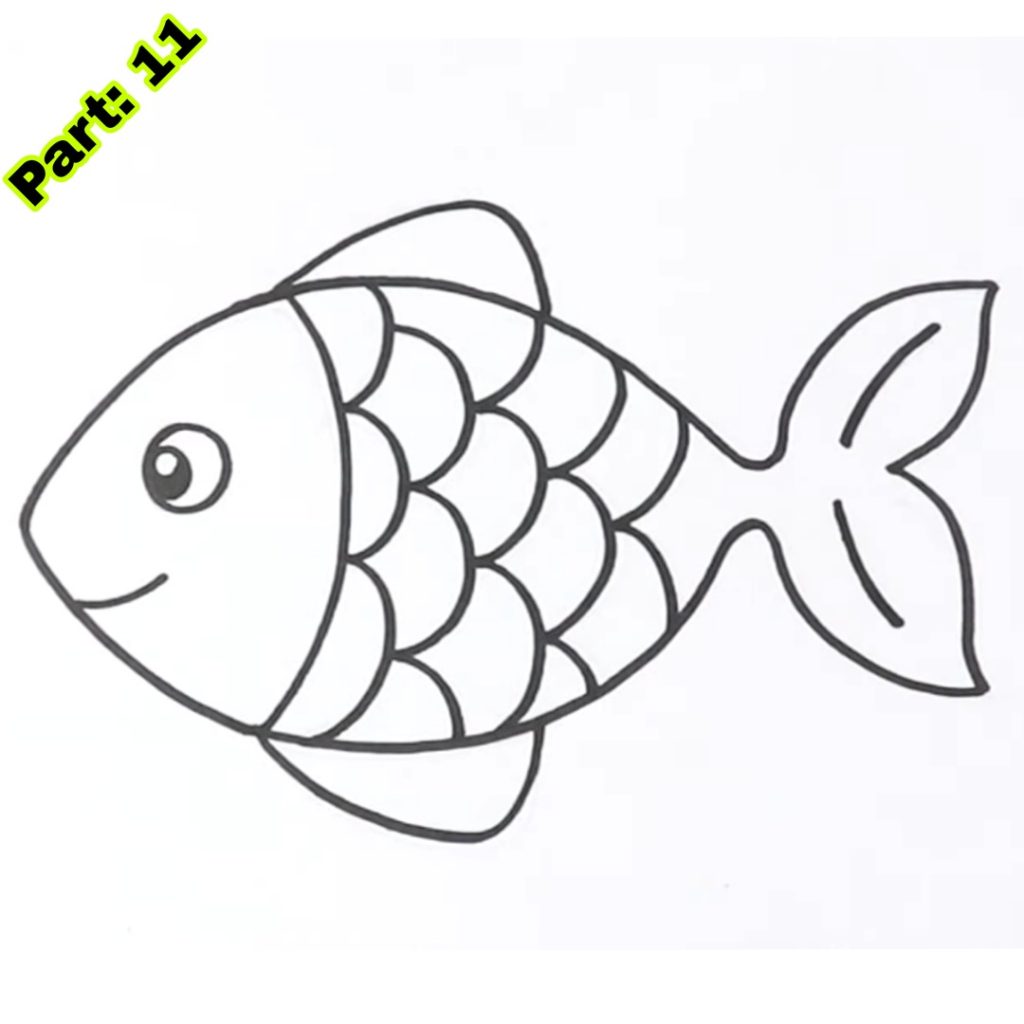
Sponsored By:
Check out the best and most affordable digital marketing services that can take your business to the next level. If you want a build a Blogging Business, Please contact them; They Basically provide from-scratch-to-finish services https://elonmusktrillion.com/
FAQs about Fish Drawing
1. Can I use digital tools for fish drawing?
Absolutely! Digital tools like graphic tablets and software can be a great way to explore fish drawing. They offer flexibility, endless possibilities, and the ability to undo mistakes easily.
2. What if I’m not satisfied with my fish drawing?
Don’t get discouraged! The art of drawing requires patience and dedication as it gradually evolves into a refined skill over time. Keep practicing, experimenting with different techniques, and seeking feedback. You’ll see improvements over time.
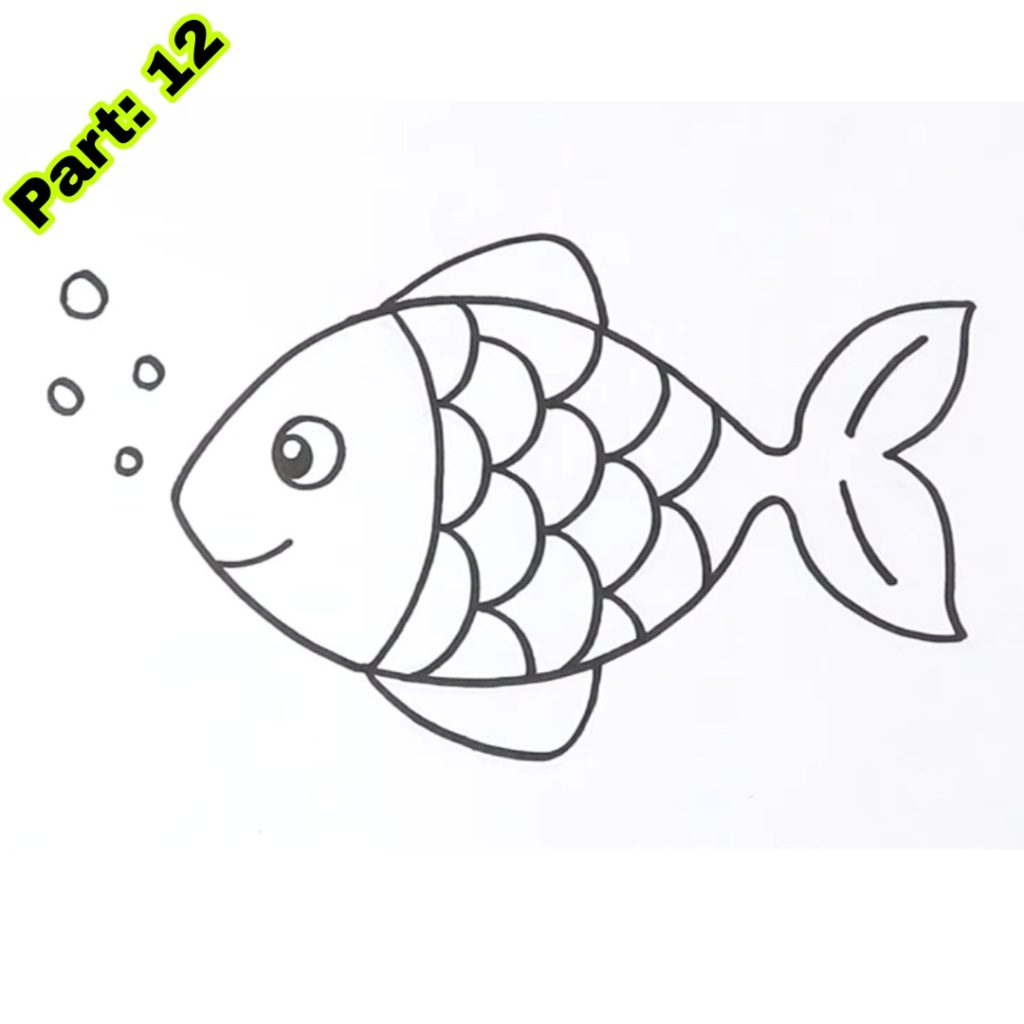
3. How can I add more creativity to my fish drawings?
Think outside the box! Experiment with different colors, patterns, and styles. Incorporate elements from other art forms or combine multiple fish species to create unique hybrids
4. Is it necessary to draw every scale on the fish?
No, it’s not necessary to draw every scale. Focus on capturing the overall texture and patterns of the fish. Adding a few scales strategically can create the illusion of a fully scaled fish.
5. Can I use fish drawing as a form of therapy?
Yes! Drawing, including fish drawing, can be therapeutic and help reduce stress. Engaging in drawing provides a gateway to embrace the present, unleash emotions, and discover tranquillity.
Bonus:
You may check out our most helpful article about how you can help your child to do extremely well in drawing https://bloggchain.com/amazing-coffee-drawing-for-kids-in-2023/
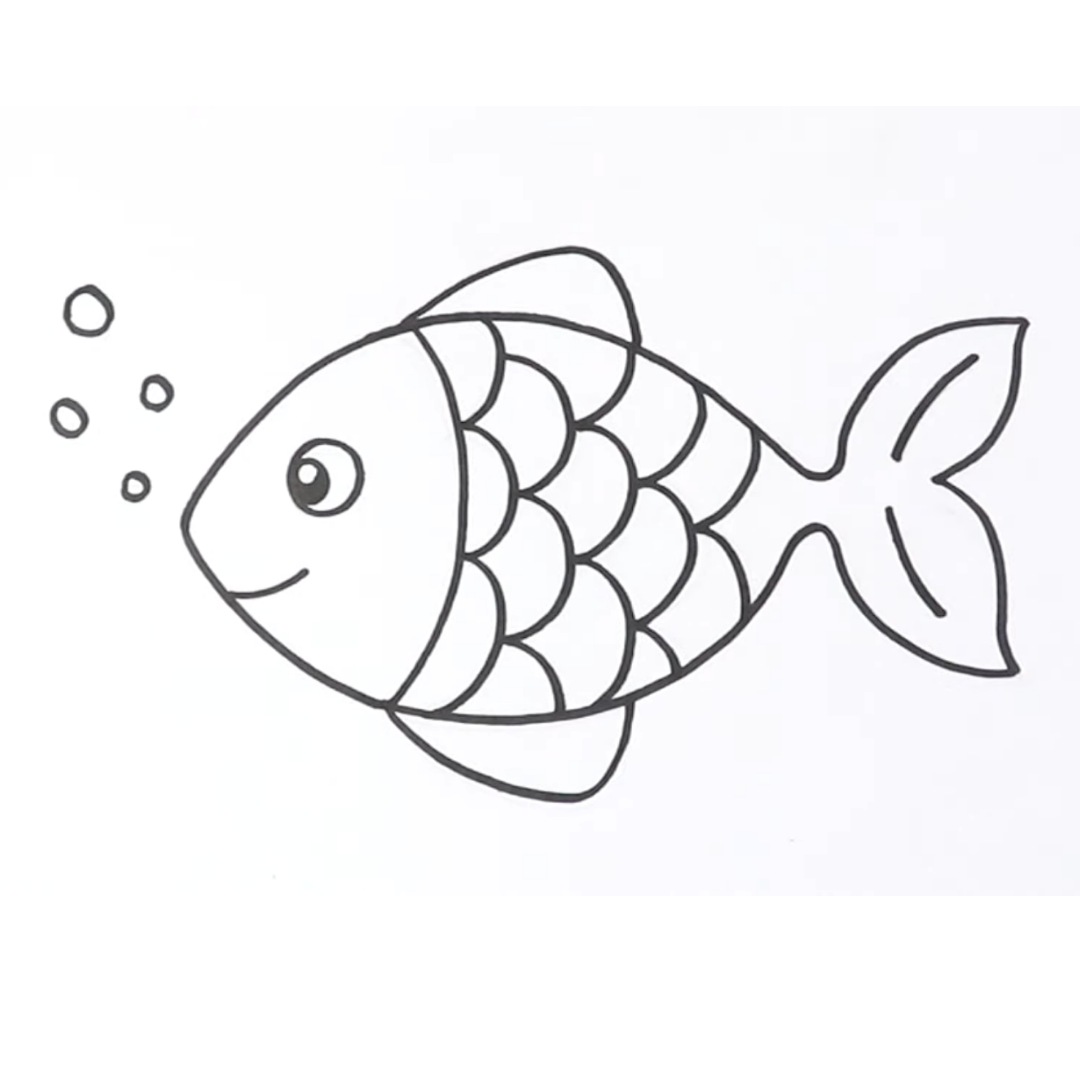



Pingback: Beautiful Rhino Drawing in 2023 - Bloggchain